Kashan Rugs
Kashan was a major centre of the silk trade in Persia (now Iran) before the 16th century. It was noted by contemporary travellers such as Englishman Sir Anthony Sherley for its fine silk textiles and rugs. Shah Abbas the Great (ruled 1588-1629) of the Safavid empire established a royal carpet weaving workshop in the city along with similar workshops in Tabriz and Kerman. The terms “Persian Court Carpets” and “Safavids” were once used interchangeably to classify hand-knotted rugs made in these cities.
It is conjectured that miniature painters and manuscript illuminators working at the court of Shah Tahmasp at the beginning of the Safavid empire (1501-1524) may have created rug designs although a master rug designer (Salim) was needed to translate paintings into an intricate graph pattern (Naqsh) that could be followed by weavers. There is overlap in rug designs from the three key cities, but weavers in Kashan were known for more individualistic, if not experimental, rug designs and color combinations, while the rug workshops in Isfahan (Shah Abbas the Great's capital city), Kirman, and Tabriz were more rooted in Safavid visual traditions.
Kashan rugs tend to be knotted with “silky wool” - “kurk” wool sheared from the necks and under the legs of lambs - on a silk or cotton warp using a high knot count. City rug workshops had specialists with expertise as dyers, weavers, and Salim masters who made the graphs and called out color changes as weavers worked. Kashan patterns include animals in flowering landscapes often arranged in a unidirectional pattern to be viewed from one particular side as opposed to a more common non-directional pattern. Floral and botanical motifs became popular during Shah Abbas' reign. Motifs were freely combined to create different overall patterns which some experts suggest means weavers had access to pattern books. Palmettes, razor edge leaves, vines, vases, and four and eight sided medallions were popular.
Some historically important examples of hand-knotted Kashan rugs feature a brocading technique (Soumak) in the Chinese-inspired motifs such as clouds. Polish King Sigismun Vasa III commissioned a suite of Kashan rugs in 1601. These “tapestry” rugs have Soumak areas and medallion patterns and came to be known as Polish or Polonaise rugs.

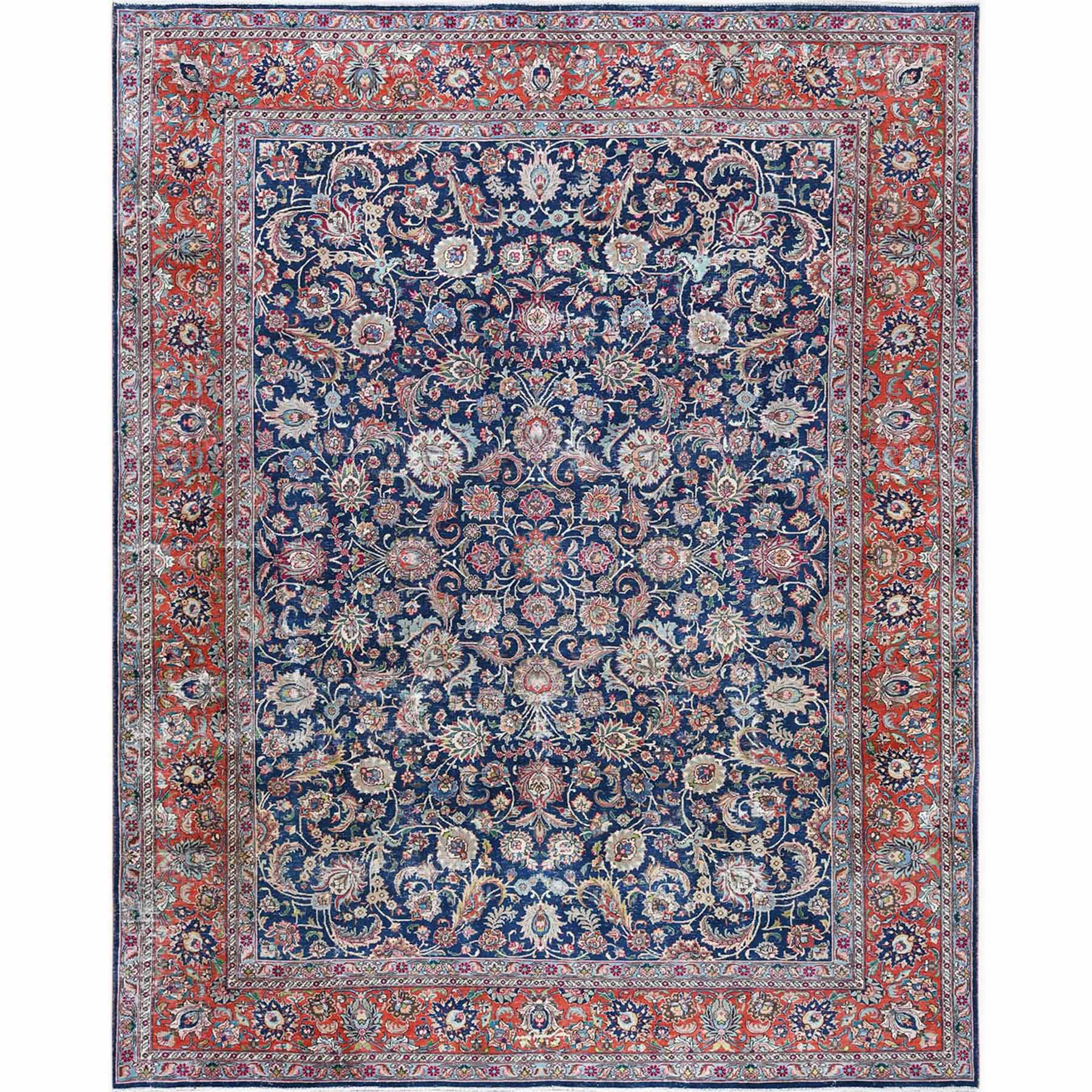
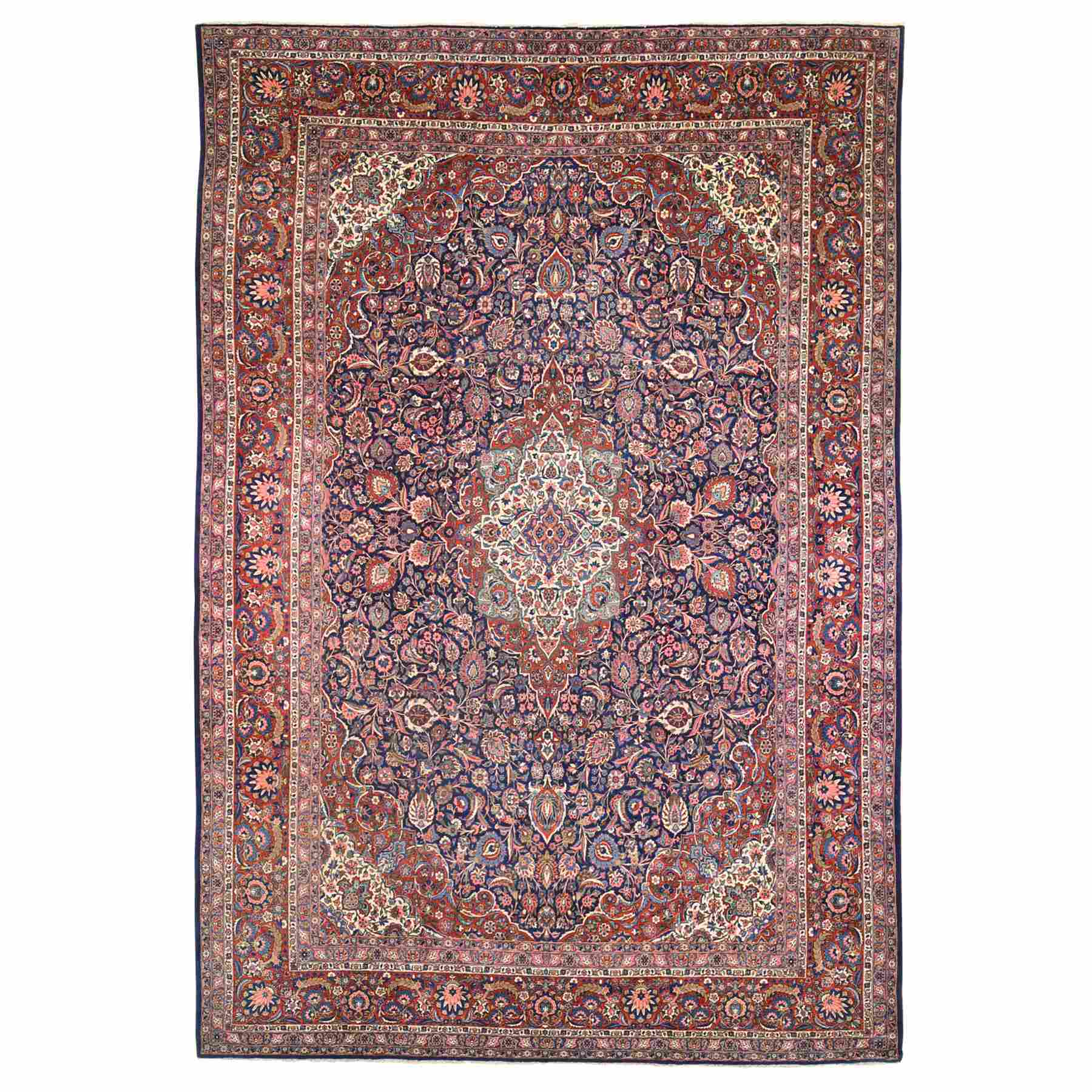
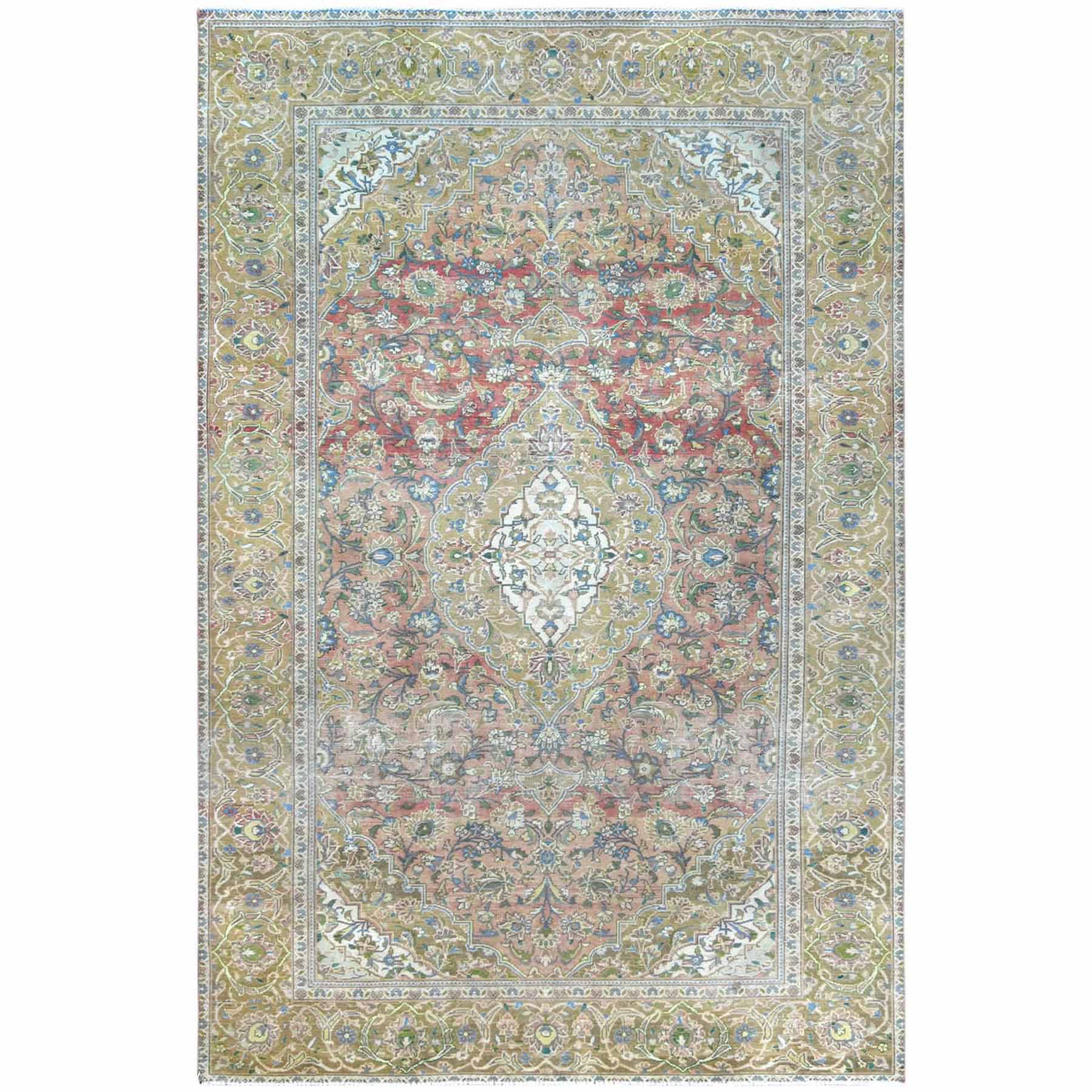
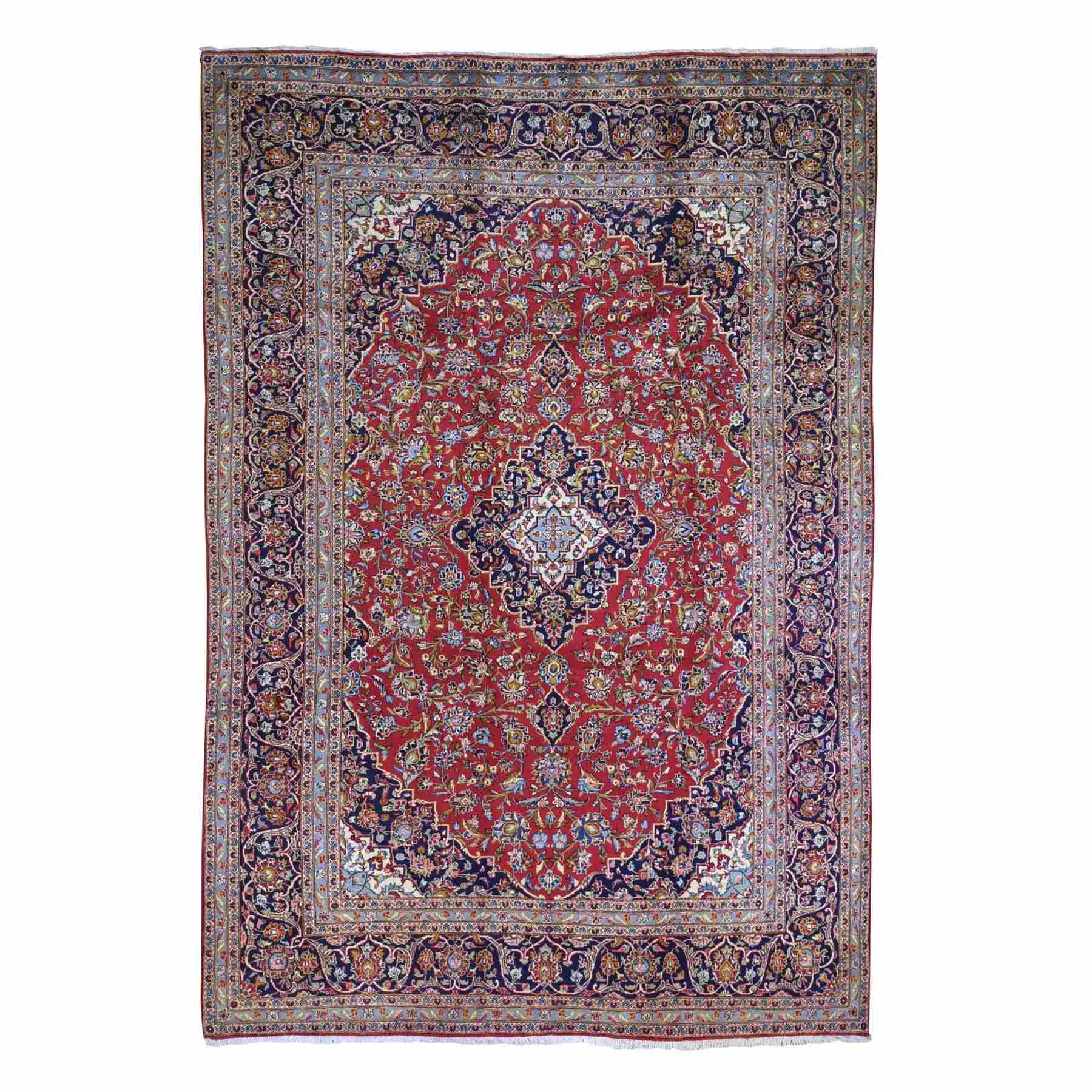
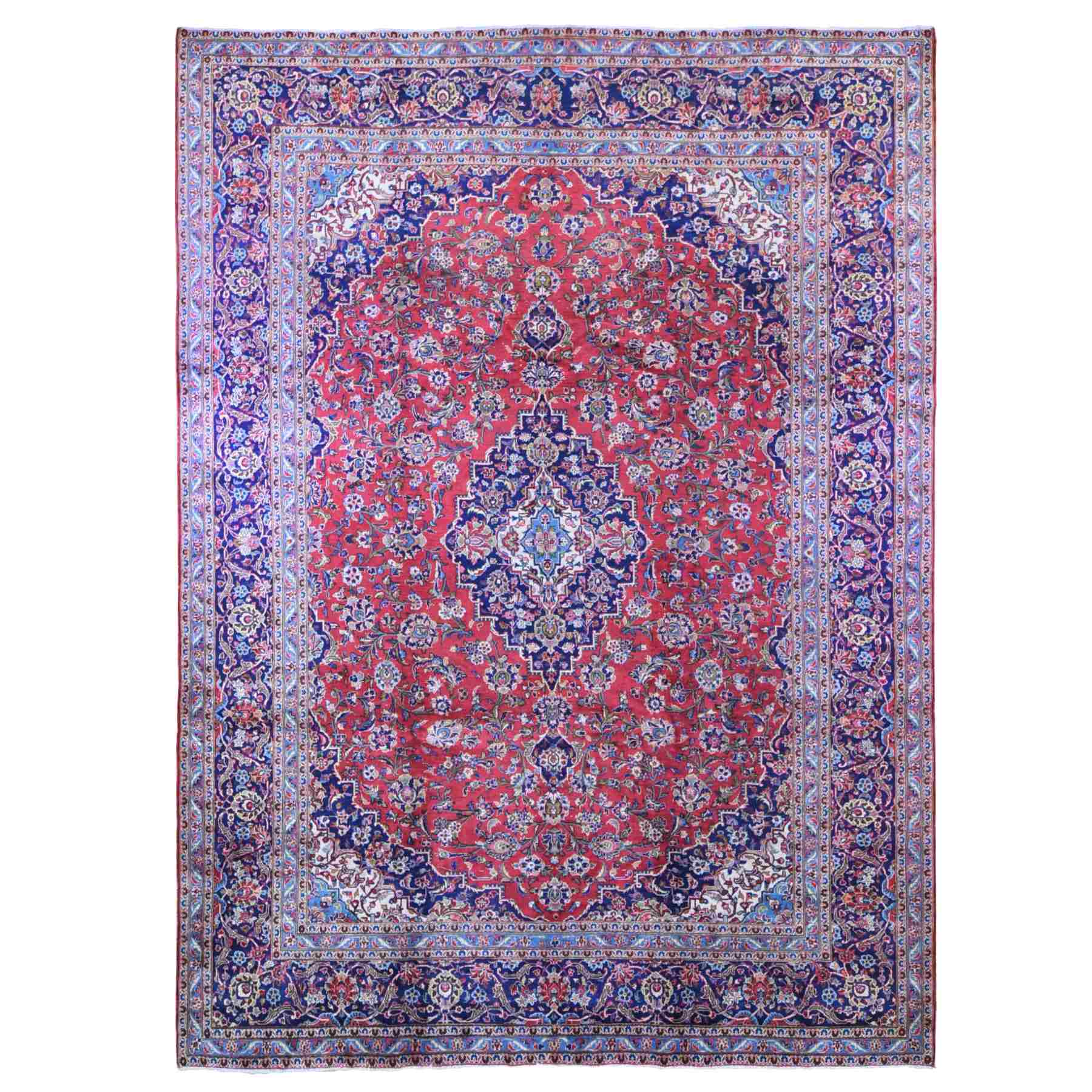

Unsubscribe!

Thank You!
Unsubscription Request Sent Successfully.









